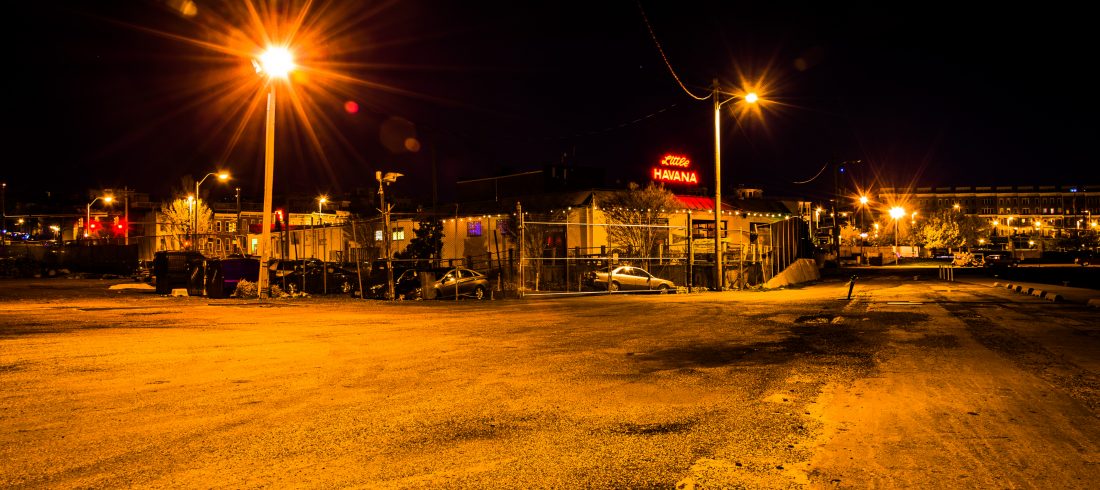
It would not seem to be a controversial idea that one who buys a cemetery plot remains entitled to it after discovering that the cemetery mistakenly re-sold it to another and then buried him in it. But just such a case recently made it all the way to the Indiana Supreme Court (after two separate trips to the Court of Appeals) before such a result was obtained in Salyer v. Washington Regular Baptist Church Cemetery, 140 N.E.3d 384 (Ind. 2020).
It seems that Mrs. Salyer bought a group of five cemetery plots in 1982, receiving certificates of ownership for each. Thirty years later, and after having family members interred in some of the plots, she learned that a stranger, a Mr. Johnson, was buried in one of her gravesites. Although the cemetery admitted that it had made a mistake in re-selling the plot, it refused to move Mr. Johnson’s remains.
Mrs. Salyer sued, seeking relief under Indiana’s wrongful burial statutes (Ind. Code. §23-14-59-1, et. seq.). Those statutes protect a cemetery from general liability for a wrongful burial but do require the cemetery to correct a wrongful burial at its own expense.
Both the trial court and Court of Appeals concluded that Mrs. Salyer had proved a mistake, but not a wrongful burial. To compensate for the error, the cemetery was required to provide another grave site as a replacement, a remedy which resulted from a weighing of equities and “fashioning a remedy” in compensation for the cemetery’s error.
The Supreme Court held that it was indeed a “wrongful burial” to inter Mr. Johnson in 2013 in the same plot that had been sold to Mrs. Salyer in 1982. There were errors in the cemetery’s recordkeeping which caused the double sale, but it remained that there was “a burial . . . in the wrong . . . burial space . . . .”
The Court noted that the wrongful burial statute required the cemetery to “correct the wrongful burial” after learning of the error. Attempts to fashion some kind of alternative remedy which did not correct the wrongful burial did not satisfy Indiana law, and it was finally required that Mr. Johnson’s remains be removed from Mrs. Salyer’s burial plot.
This case demonstrates several well-known issues in litigation. One is that money or its equivalent is often a poor substitute for putting things back to what they should be (even when that is possible). Also, even a case that appears as clear-cut as this one took two trips to the Court of Appeals and one to the Supreme Court to be finally resolved. Cases like this remind us that labeling a case as a “sure winner” or a “sure loser” is a fool’s errand because a judge or jury may very well see things differently.



